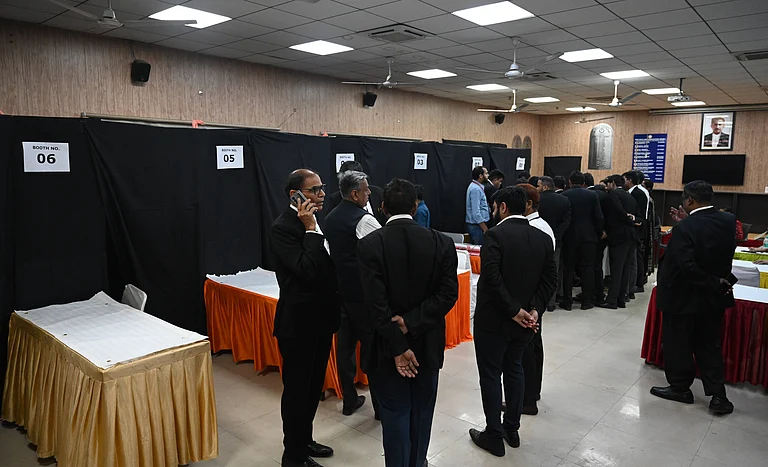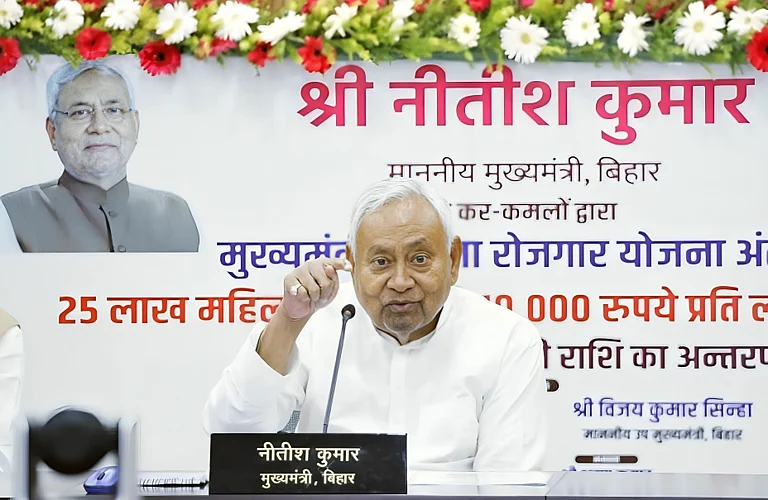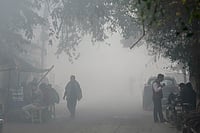
Bihar’s poverty stems from low per-capita income, heavy dependence on agriculture, limited industrialisation, and widespread informal employment.
High unemployment, particularly among youth, leads to large-scale migration to other states for work.
Low literacy, gender gaps in education, and limited opportunities for marginalized groups deepen economic and social challenges.
Bihar is among India’s poorest states. Government data shows that this is not because of one issue, but a series of intersectional problems. The state’s low per-capita income is the lowest in the country. The state’s low income combines with high dependence on agriculture along with stalled industrialisation, and poor human-development indicators.
According to the Reserve Bank of India’s “Handbook of Statistics on Indian States”, Bihar’s 2022-23 per-capita Net State Domestic Product (NSDP) for was ₹38,278, which is less than half of the all-India average.
Almost 56 per cent of Bihar’s population works in agriculture, which is more than the national average of 45 per cent. However, agrarian employment contributes 18 to 19 per cent of the state’s Gross Domestic Product (GDP). Only six per cent of the state’s workers are employed in the manufacturing sector, which is well below other states. While Bihar does have about 32 per cent of its citizens working in the service sector, government data shows that most are working in the informal economy and for low-paying jobs.
Unemployment compounds Bihar’s poverty issues—this is particularly so among the youth. Bihar’s unemployment rate for the 15–29 age group has remained among the highest in India. The urban youth unemployment rate in Bihar is 10.8 per cent and plays a huge role in out-migration for jobs.
The lack of non-farm jobs fuels distress migration: millions of workers leave the state annually to work in construction, services, and informal sectors in Delhi, Punjab, Haryana, Maharashtra, and southern states. Migrant remittances support households, but they also reflect Bihar’s failure to generate employment within its borders.
The 2011 Census recorded Bihar’s literacy rate at 61.8 per cent, much lower the national average of 74 per cent. The census also shows a substantial gender gap — 71.2 per cent men are educated but only 51.5 per cent of the women.
In Outlook’s February 21, 2022 issue The Politics Of Jobs explored the struggle of migrant workers and other issues regarding India and Bihar’s unemployment rates.
Asks Bibek Debroy: Is Job Creation Only A Government Responsibility? He points out that important role the government has in the matter of job creation is that of building an ecosystem conducive to creation of jobs.
Mayank Jain Parichha wrote on the Widening Gap Between Aspiration And Job Opportunity. “On the eve of polls, educated Purvanchal youth are in a bind – whether to vote for caste and creed or choose job security by sacrificing their core convictions,” he writes.
In Jobless, Hopeless: India’s Nowhere Generation, Abdul Shaban wrote on that youth in India don’t have jobs nor do they have direction. He points to an increasing discontent among the youth of India.
Employment And The Dalit Equation, Amit Thorat’s story, explores how the pandemic and the job cuts that came with it led to a double exclusion of the Dalits, who anyway have limited options for employment.
From Mumbai, Haima Deshpande wrote on how The migrant workers, the fringe labourers and the last man, it has been a testing time for the lot as the pandemic took away every ounce of security from their lives in Living On The Edge: The Pandemic And Its Axe On The Migrant Workers.
Ashutosh Bhardwaj’s story about increasing joblessness in India comes to the fore once again as the country’s unemployment rate rose to 5.2 per cent. He asks pointedly the same question most of India is wondering about: Is It Economics Or Governance At Fault for the country’s growing unemployment?


























